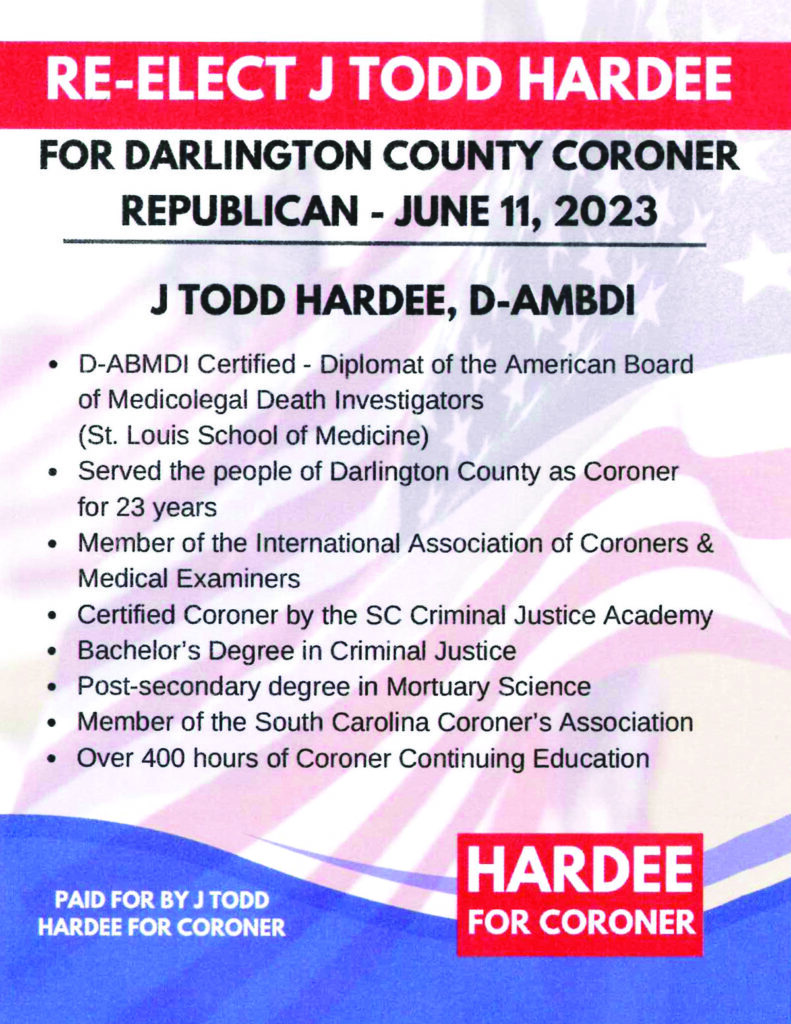Backyard Stargazer January 2018

By Francis Parnell
HAPPY NEW YEAR! It’s January, and we’re about to get a case of the “Blues.” That’s because there are two Full Moons this month; the second is a “Blue” Moon! Since this is a “Blue” Moon year, 2018 will have 13 Full Moons! And an even bigger surprise for us sky watchers. Including the “Super Moon” in December, both Full Moons this month are “Super Moons!! Three in a row!
On the 1st, the Full Super Moon is at “Perigee”, closest to Earth for 2018 at 221,557 miles.
On the 3rd at 1 a.m. , Earth will be at Perihelion, the closest this year at 91,401,983 million miles from the Sun.
On the night of the 4th/5th, the waning gibbous Moon will pass less than 1-degree north of “Regulus”, the brightest star in LEO, the Lion.
An hour before sunrise on the 11th, the waning crescent Moon is upper right of reddish Mars and yellow Jupiter. Brilliant Jupiter is 20 times brighter than Mars.
Thirty minutes before sunrise on the 13th, yellowish Mercury is less than one-half degree to the upper left of dimmer Saturn. The waning crescent Moon is 6-degrees upper right of both planets.
At dawn on the 15th, the thin sliver of the waning crescent Moon joins Mercury and Saturn in forming a striking compact triangle. Binoculars will give a neat view of this celestial show!
On the 30th, the Moon is again at “Perigee” at 223,066 miles; watch this one too! If you’re an early riser, the Super “Blue” Moon on the morning of the 31st, just before moonset, will be partially eclipsed for us on the east coast. It will be totally eclipsed for the western part of the country.
What makes astronomy so fascinating, intriguing, and fun? For me, the late Prof. Carl Sagan said it best: “The nitrogen in our DNA, the calcium in our teeth, the iron in our blood, the carbon in our apple pies were made in the interiors of collapsing stars. We are made of Star Stuff.” Astronomy keeps me connected to the Universe – our real home. And it is a large home; 92-billion light-years in diameter! The word “insignificant” comes to mind.
My New Years Resolution (and you’re invited to help) is to stay active trying to reduce light pollution so we can see lots more stars and the Milky Way as we “Keep looking up!”
Francis Parnell of Darlington has been an amateur astronomer for over 46 years, and was on the staff and helped out at the Francis Marion University Observatory from 1982 until 2006 by showing visitors “what’s out there.” With the help of a friend, Mr. Ernest Lowry, he built his own telescope in 1986. And, because of light pollution, for the last 31 years he has been advocating for the advantages of using fully-shielded lighting at night.


